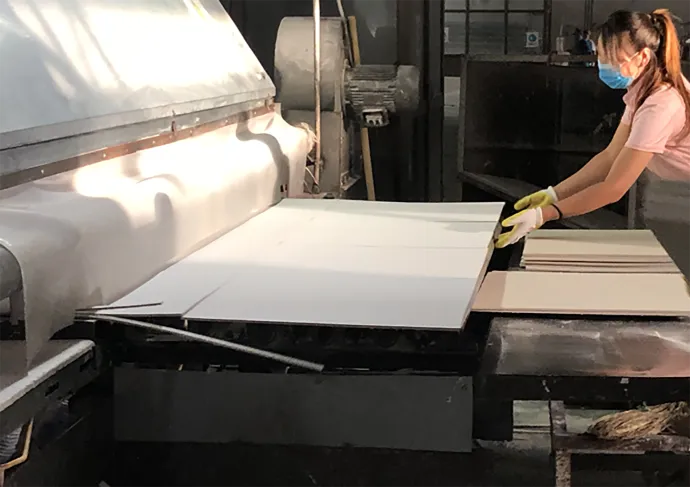Nov . 22, 2024 16:04 Back to list
installing ceiling access panel
Installing a Ceiling Access Panel A Comprehensive Guide
Installing a ceiling access panel is an essential task that many homeowners and DIY enthusiasts may encounter. Access panels provide entry to vital areas such as plumbing, electrical, or HVAC systems concealed behind walls or ceilings. They are crucial for maintenance and inspection purposes, allowing easy access without the need to demolish drywall or ceilings. This article will guide you through the process of installing a ceiling access panel, ensuring that you do it efficiently and safely.
Choosing the Right Access Panel
Before starting the installation, it's important to select the right type of access panel for your needs. Access panels come in various sizes and materials, including plastic, metal, and drywall. For a ceiling application, a metal access panel often provides the best durability and resistance to wear and tear. Make sure to measure the area where you plan to install the panel to ensure a proper fit.
Tools and Materials Required
To install a ceiling access panel, you will need the following tools and materials
- Measuring tape - Level - Drywall saw or utility knife - Stud finder - Screwdriver - Wood screws or drywall anchors (if necessary) - Access panel
Having these tools ready will make the installation process smoother.
Installation Steps
1. Locate the Installation Area Identify where you want the access panel. Use a stud finder to avoid hitting any electrical wiring or plumbing. It’s crucial to choose a location that provides convenient access while considering aesthetics.
installing ceiling access panel

2. Measure and Mark Once you’ve identified the location, measure and mark the dimensions of the access panel on the ceiling. Use a level to ensure your markings are straight.
3. Cut the Opening Using a drywall saw or utility knife, carefully cut along the marked lines. Make sure to wear protective eyewear and a dust mask to prevent any debris from entering your eyes or lungs.
4. Test the Fit Before securing the access panel, place it in the opening to ensure it fits. If it does not fit properly, make adjustments as necessary.
5. Secure the Access Panel If your panel requires screws, follow the manufacturer’s instructions for securing it in place. If using drywall anchors, drill the appropriate holes and insert them before placing the panel. Attach the access panel snugly to prevent it from sagging.
6. Finishing Touches Once the panel is installed, you may want to paint it to match the ceiling for a seamless look. If you are using a metal panel, consider using a spray paint designed for metal surfaces.
Maintenance Tips
After installation, it’s important to regularly check the access panel for any signs of wear or damage. Ensure that the hinges and locking mechanism are functioning properly. If the panel is frequently used, consider performing maintenance checks every few months.
Conclusion
A ceiling access panel is a practical addition to your home that provides both functionality and convenience. By following these steps, you can install your access panel with confidence, ensuring easy access to essential areas while maintaining the integrity of your ceiling. Whether you’re a seasoned DIYer or a novice, this project can be accomplished in just a few hours, making it a worthwhile investment for any homeowner. Remember to always prioritize safety and follow manufacturer recommendations for the best results.
-
Quality Ceiling Trap Doors & Access Panels | Easy & Secure AccessNewsAug.30,2025
-
Durable Ceiling T Grid Systems | Easy InstallationNewsAug.29,2025
-
PVC Gypsum Ceiling: Durable, Laminated Tiles for Modern SpacesNewsAug.28,2025
-
Pvc Gypsum Ceiling Is DurableNewsAug.21,2025
-
Mineral Fiber Board Is DurableNewsAug.21,2025
-
Ceiling Tile Clip Reusable DesignNewsAug.21,2025







